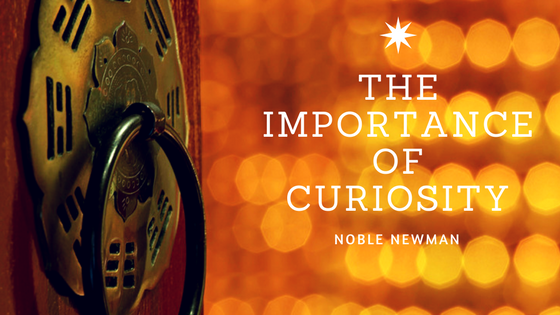Employee Engagement has been meticulously studied and chased with great fervor by HR departments and businesses throughout the world. From Myers-Briggs tests to team-building activities, every regime is looking for ways to ensure that their employees enjoy their work, enjoy coming to work, and are actively investing in doing their job well to propel the business forward. A failure to engage employees can result in a sluggish business of workers doing the bare minimum with no incentive for innovation — only for a paycheck.
A new approach to employee engagement has been proposed in the form of a popular science book by British writer Ian Leslie. His book, entitled, Curious: The Desire to Know and Why Your Future Depends On It suggests that one of the simplest yet most effective ways to ensure people enjoy their work is to tap into their inherent sense of curiosity.
Leslie posits that curiosity nestles in a sweet spot between two different contexts — no knowledge of subject, and mastery of subject. Think about this in your own life right now. If you’ve never exhibited any interest in NASCAR, your curiosity for the inner workings of the sport are probably nearly zero, since you have no jumping off point at which to begin your studies. On the other hand, consider the opposite scenario. If you have been watching NASCAR for a long time, know lots of statistics, follow a few drivers, and occasionally attend a race, your sense of curiosity for NASCAR may be slightly dulled because you feel very secure in the information you have. Curiosity dwells in that sweet spot between these two contexts when a learner has enough information for a starting point but not enough to speak with authority on a subject. It’s this filling of a knowledge gap that fuels what we all curiosity.
Curiosity also takes on different formats depending on the type of cognitive exercise. Leslie categorizes curiosity stimulators into “puzzles” and “mysteries.” Puzzles have all the information you need and a correct answer — and once the curious individual reaches the answer, the curiosity fades. Mysteries, on the other hand, are much larger scale and have lots of both necessary and extraneous information as well as no conclusion. Whereas “who was the bad guy?” is a puzzle, “how do we preemptively prevent crime” is a mystery.
In order to engage your employees at work, you need to make sure that their daily tasks fall into their “knowledge gap” — that is, they need to have enough information to be excited about learning more, but not so much that they’re bored. Additionally, ensuring that there are both short-term puzzles and long-term mysteries to occupy the employee’s penchant for curiosity will ensure that they’re fully engaged for long stretches of time. Engaged employees innovate, invest, and contribute to the ultimate success of the company.
